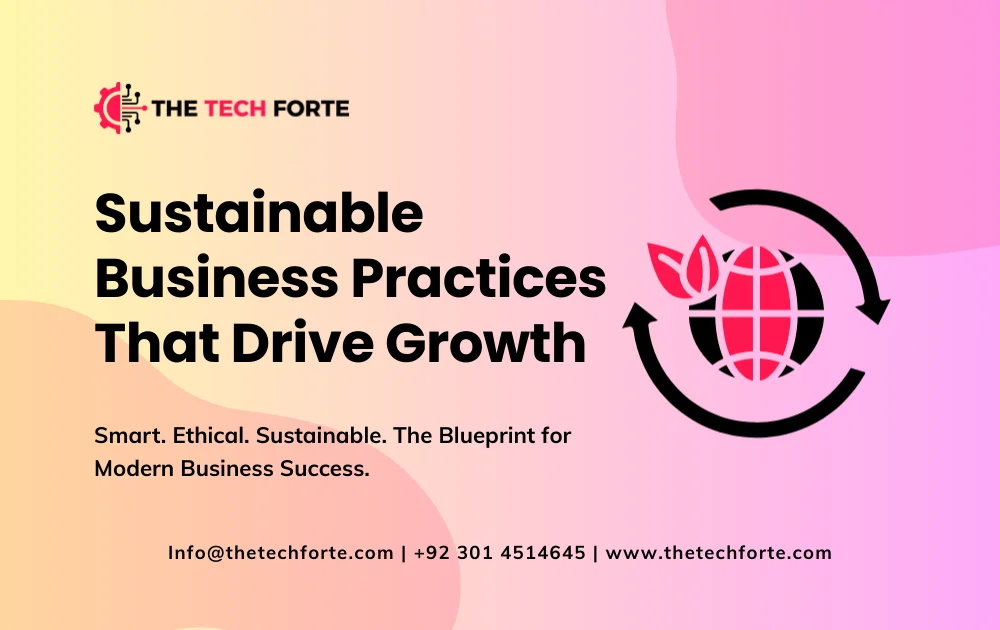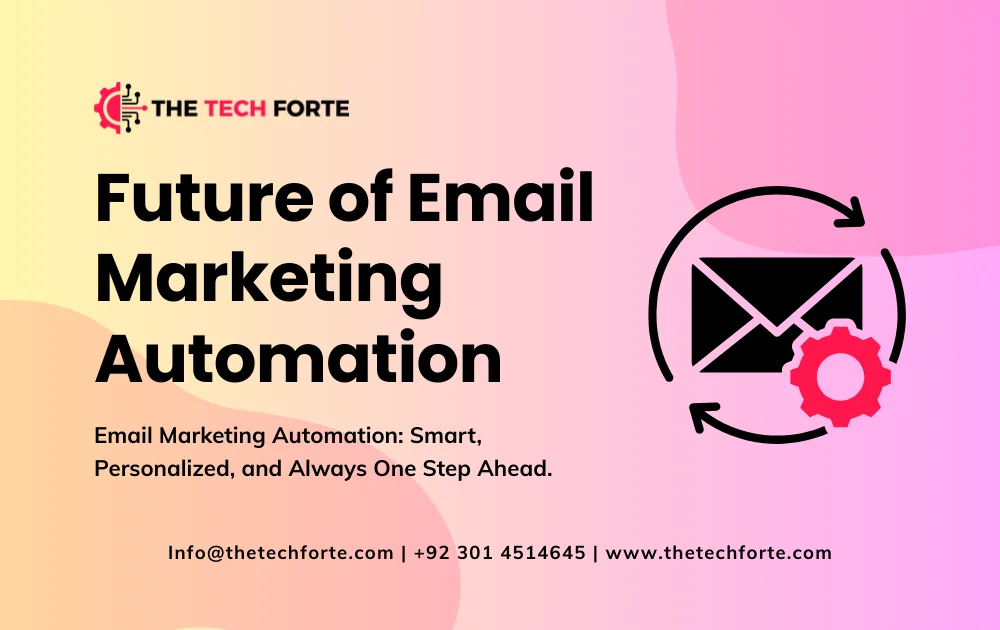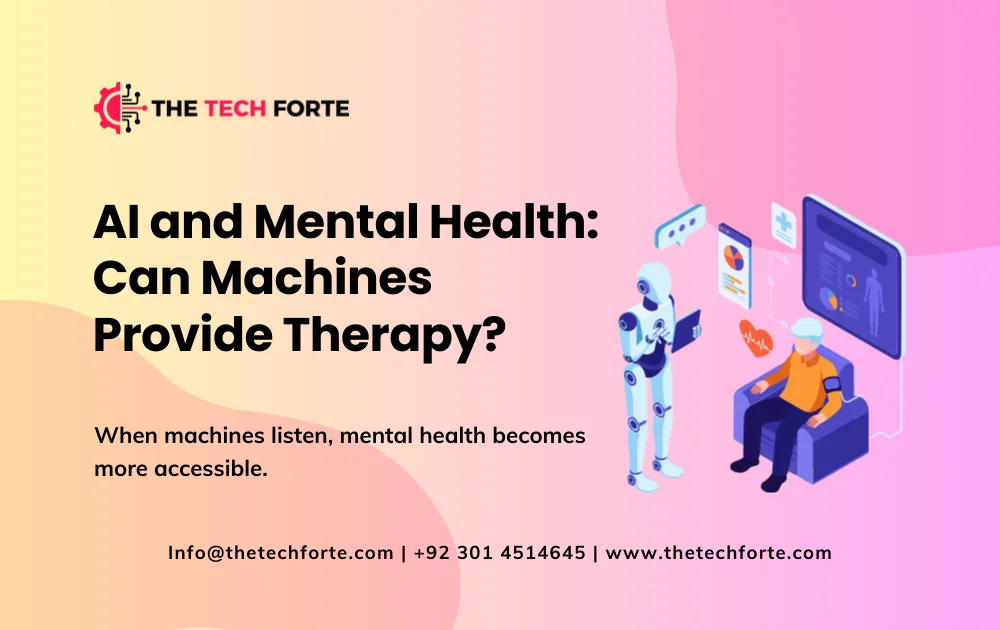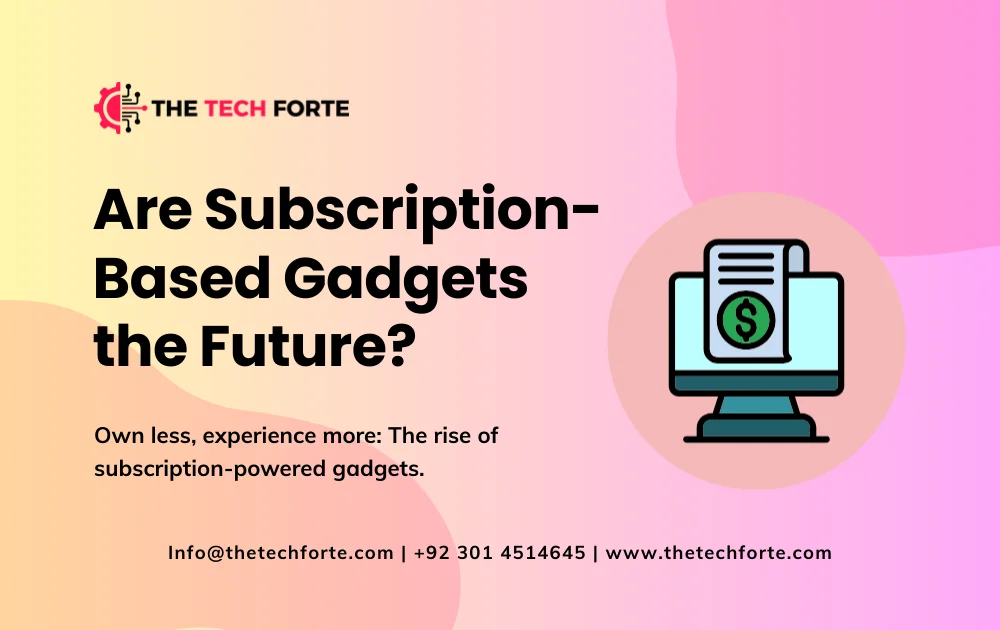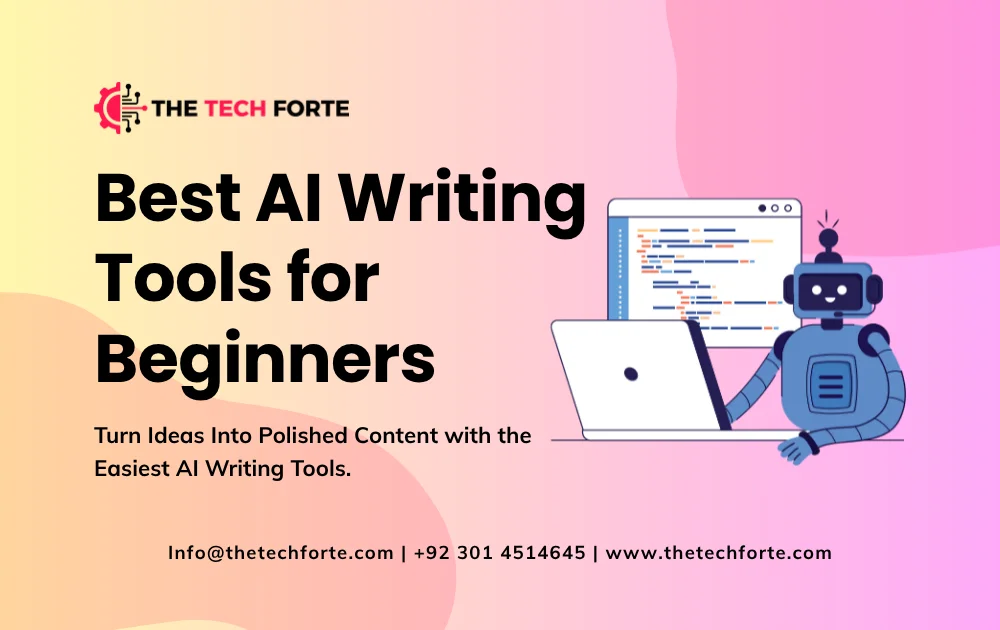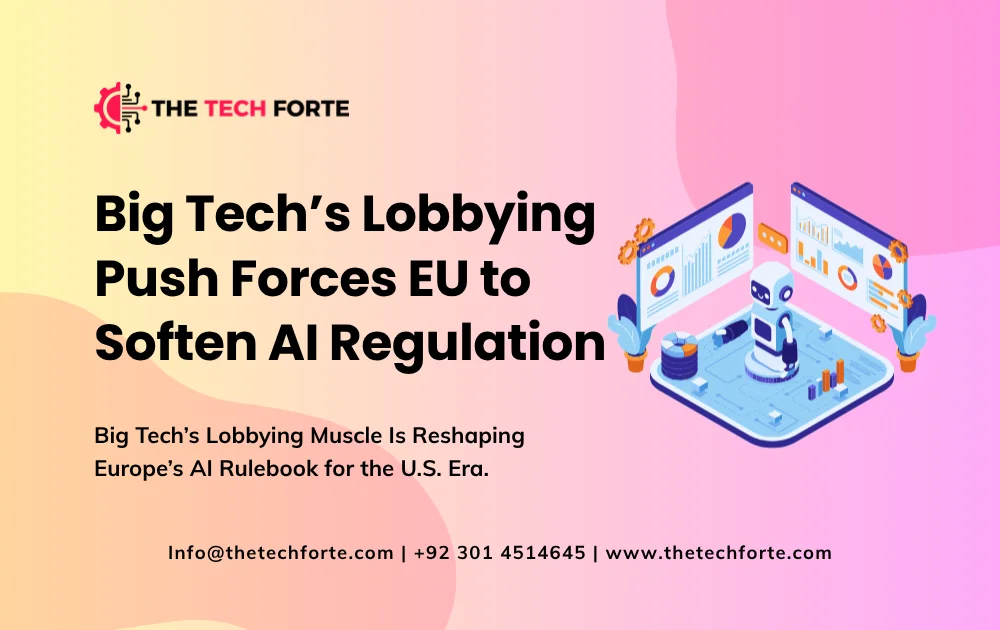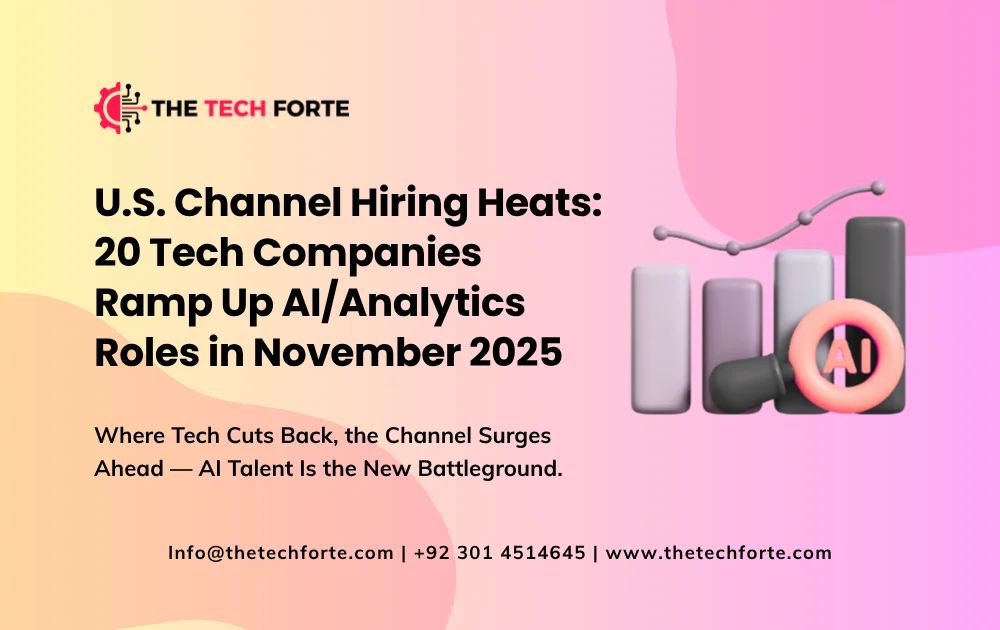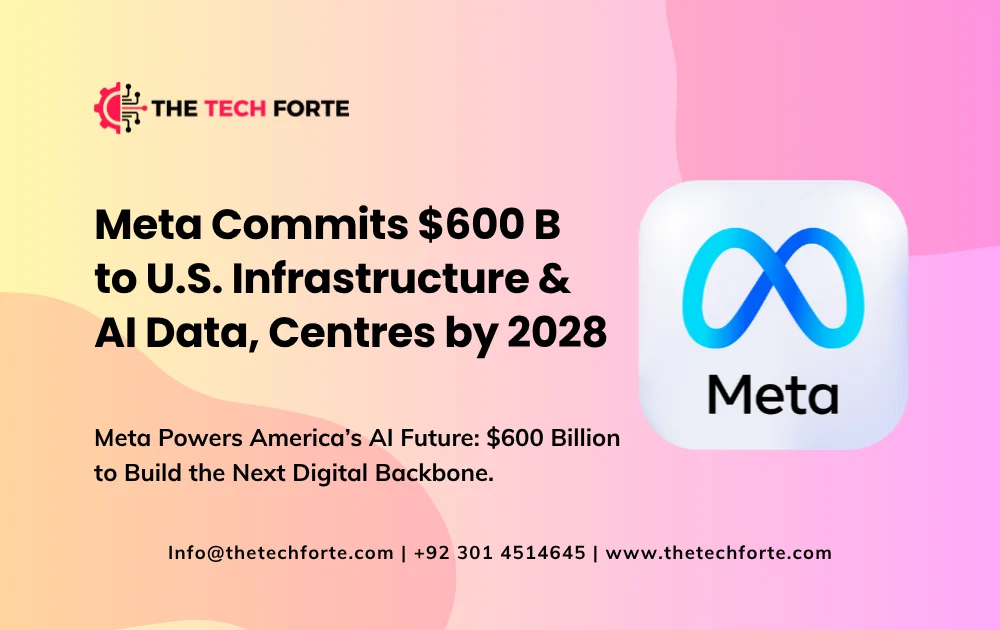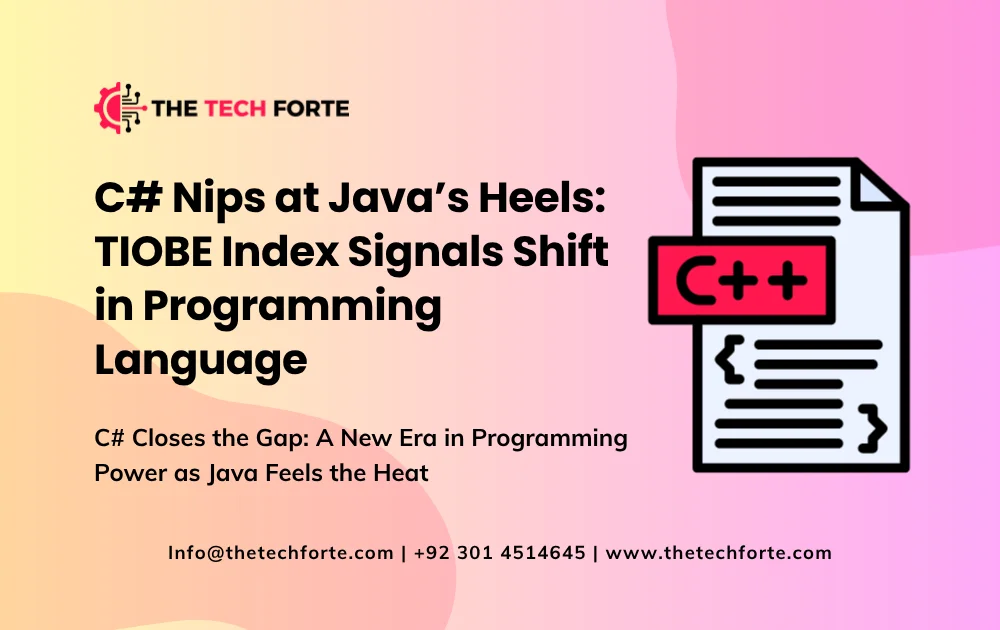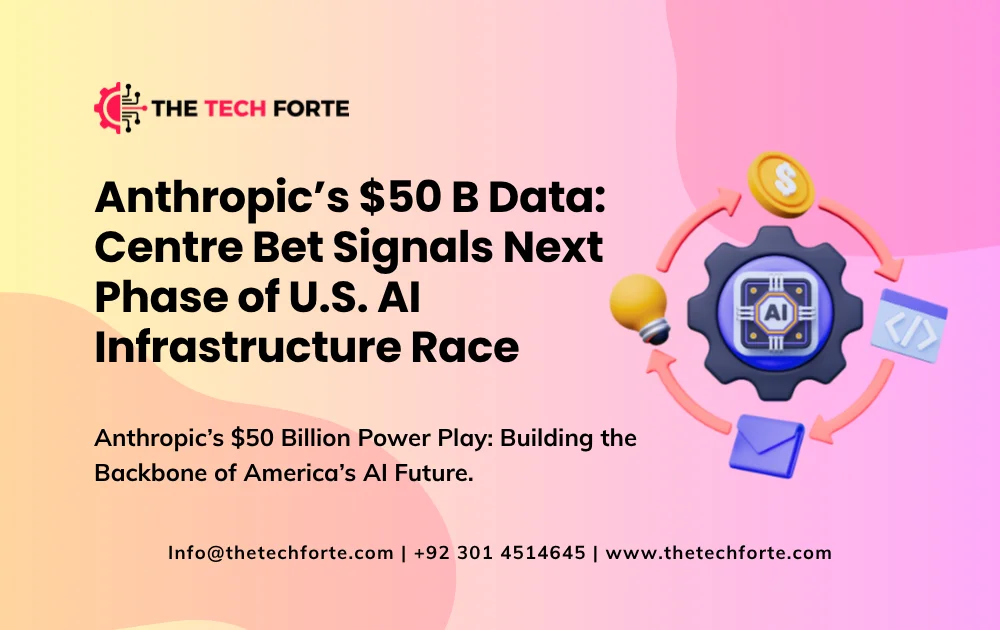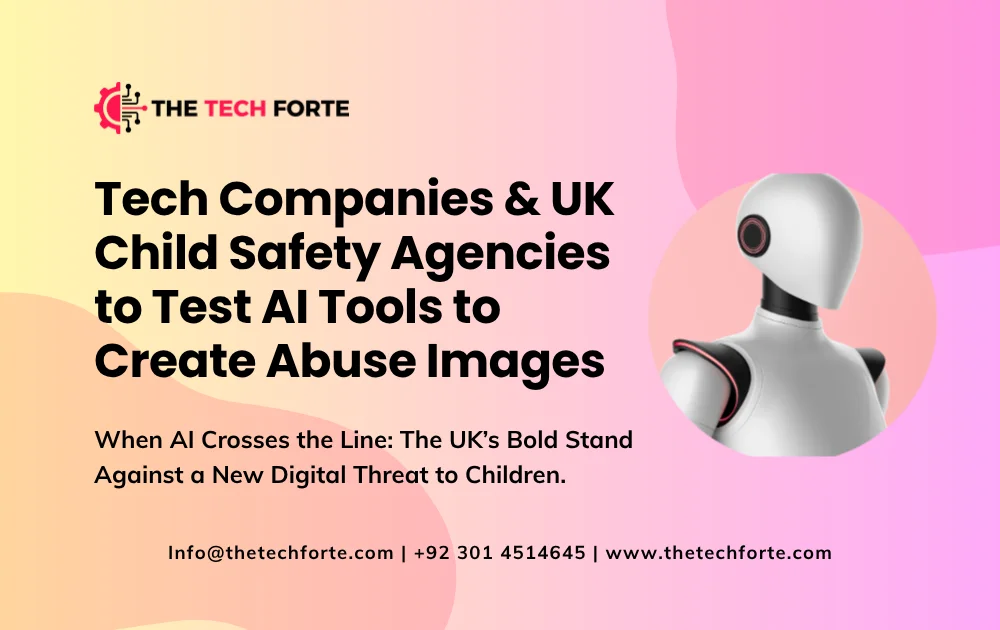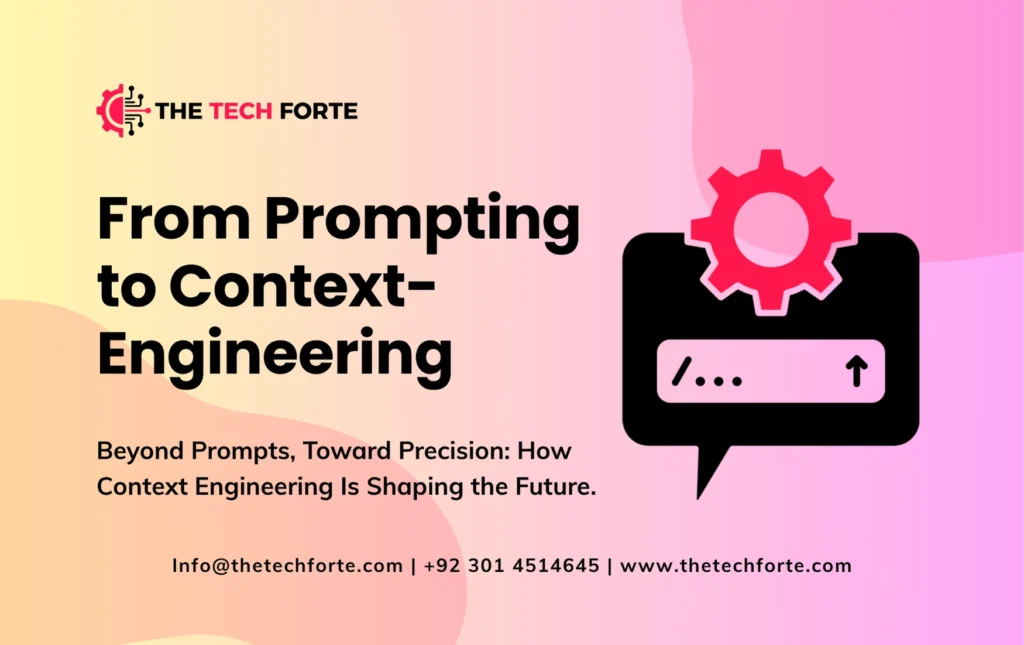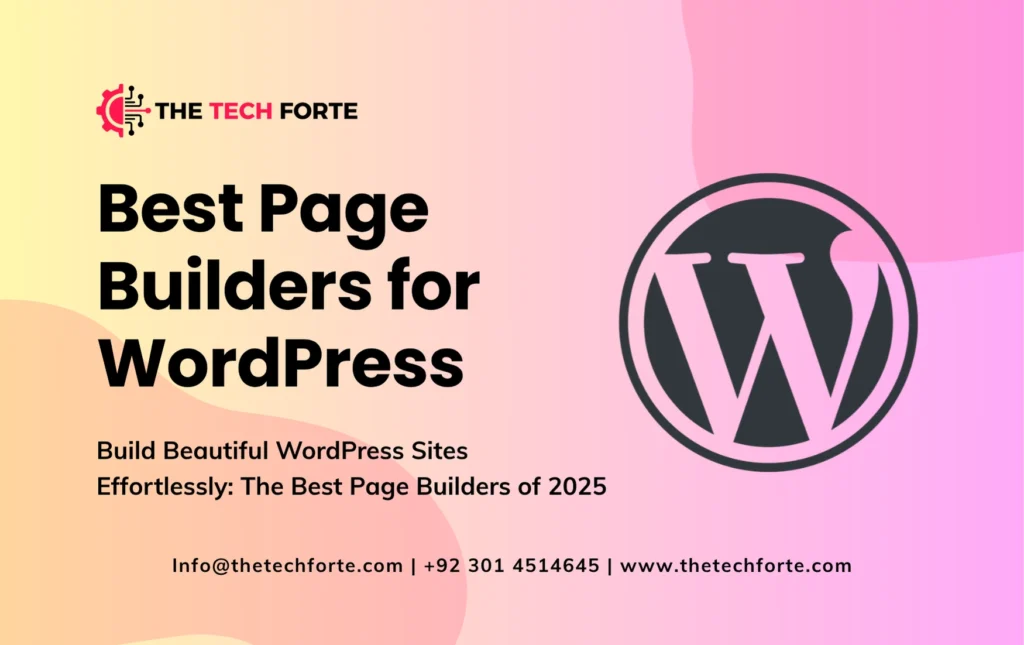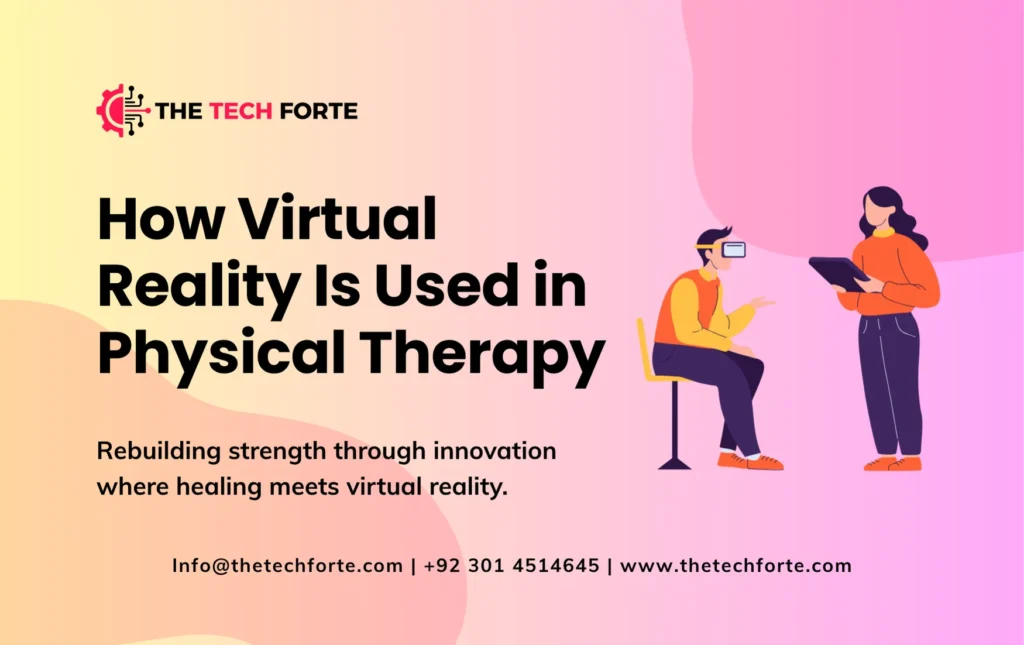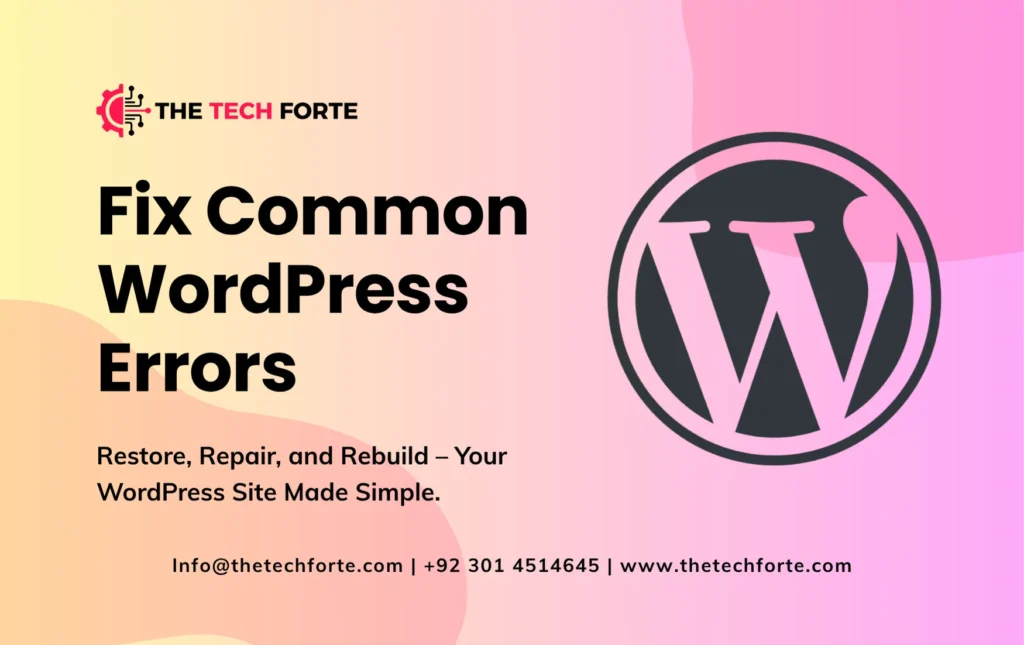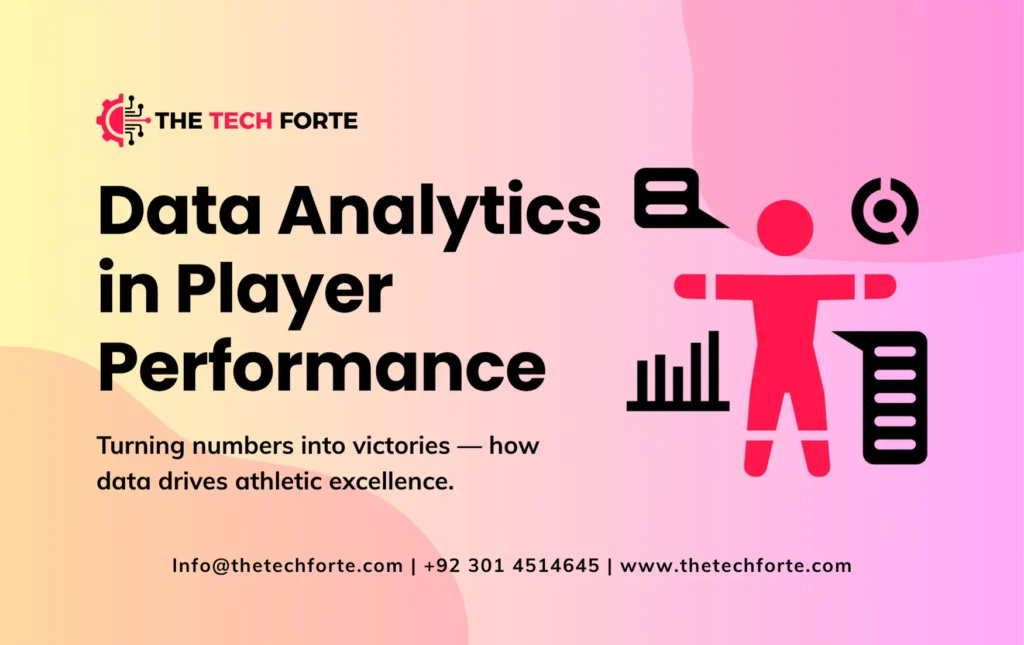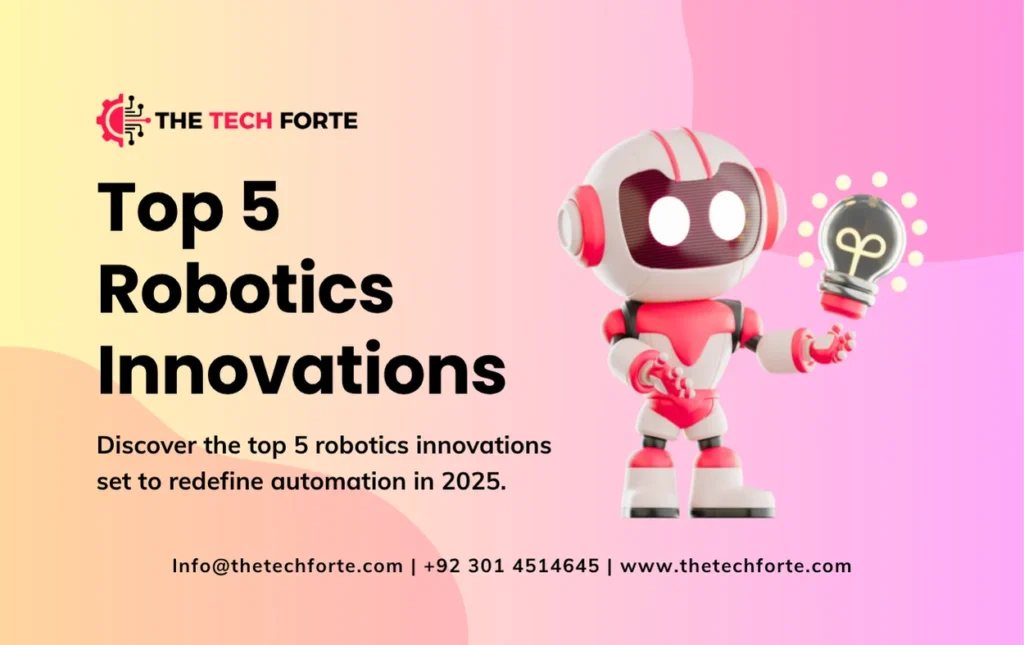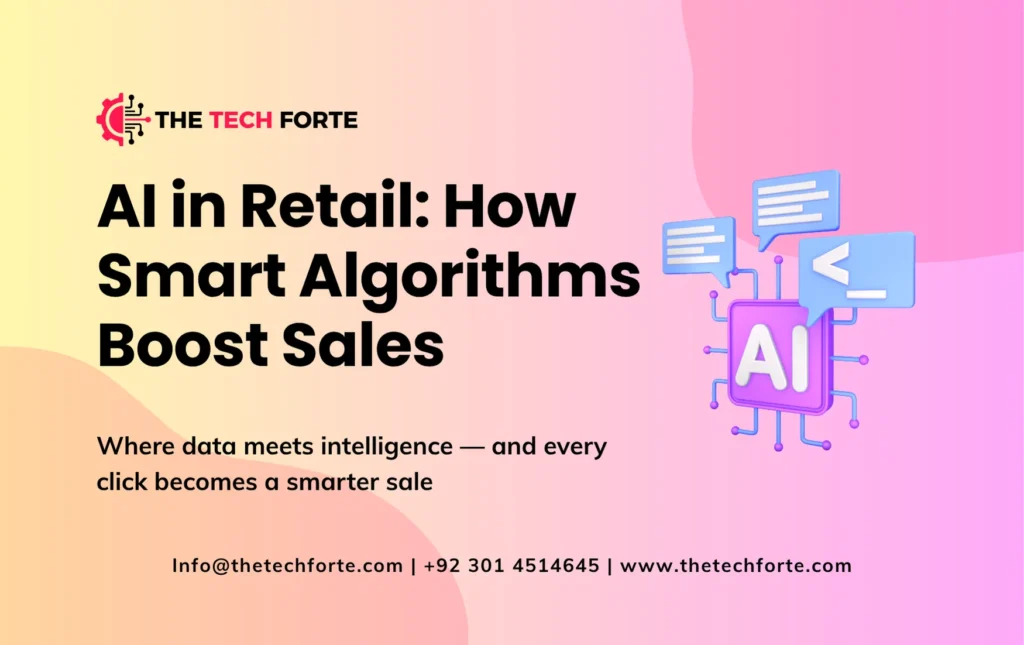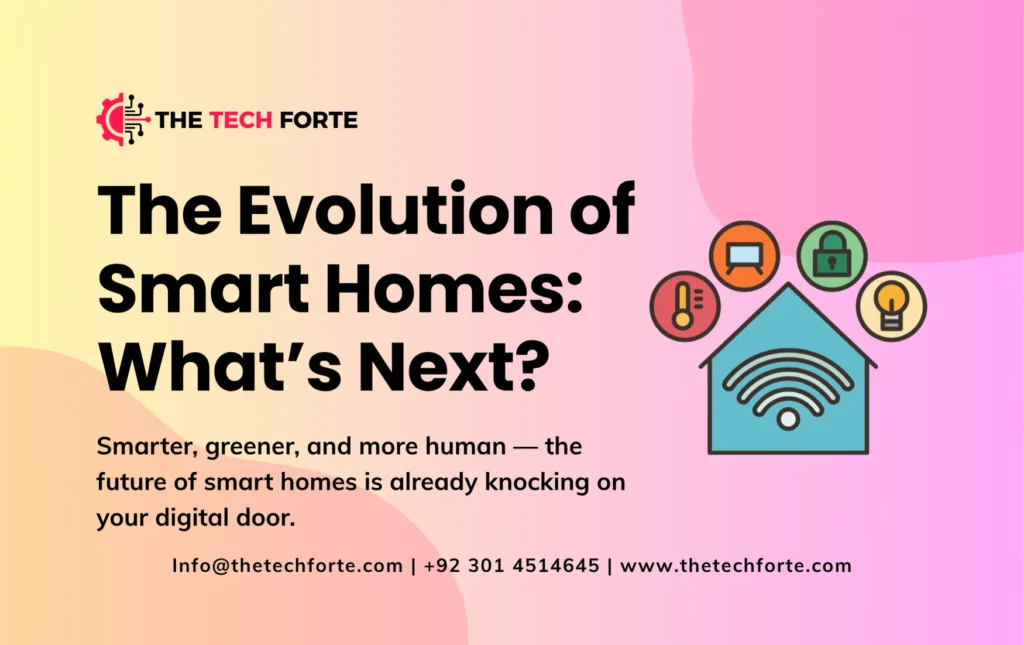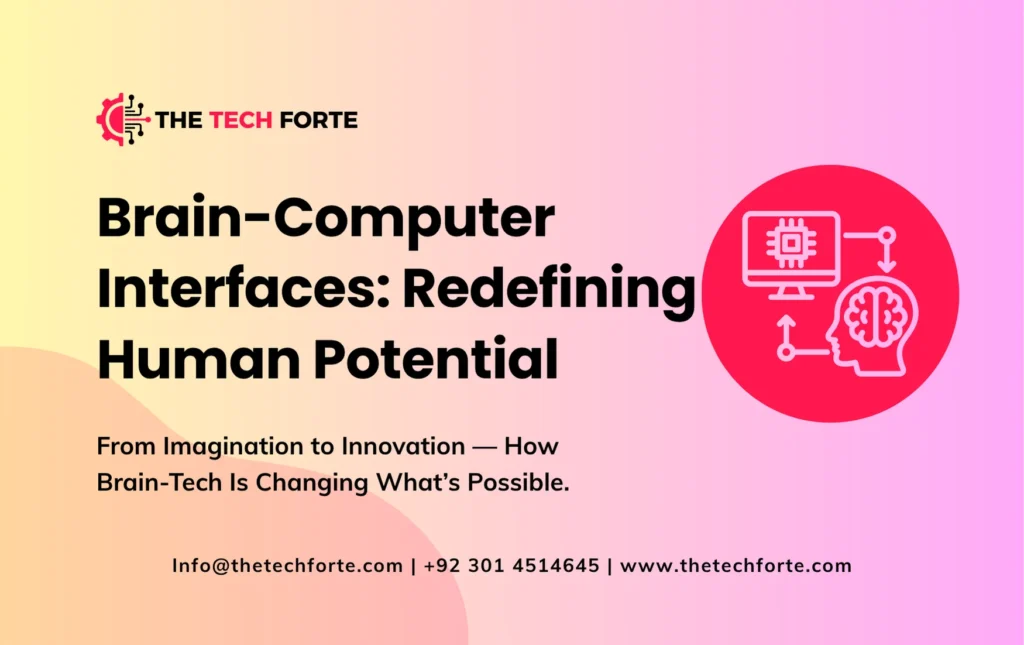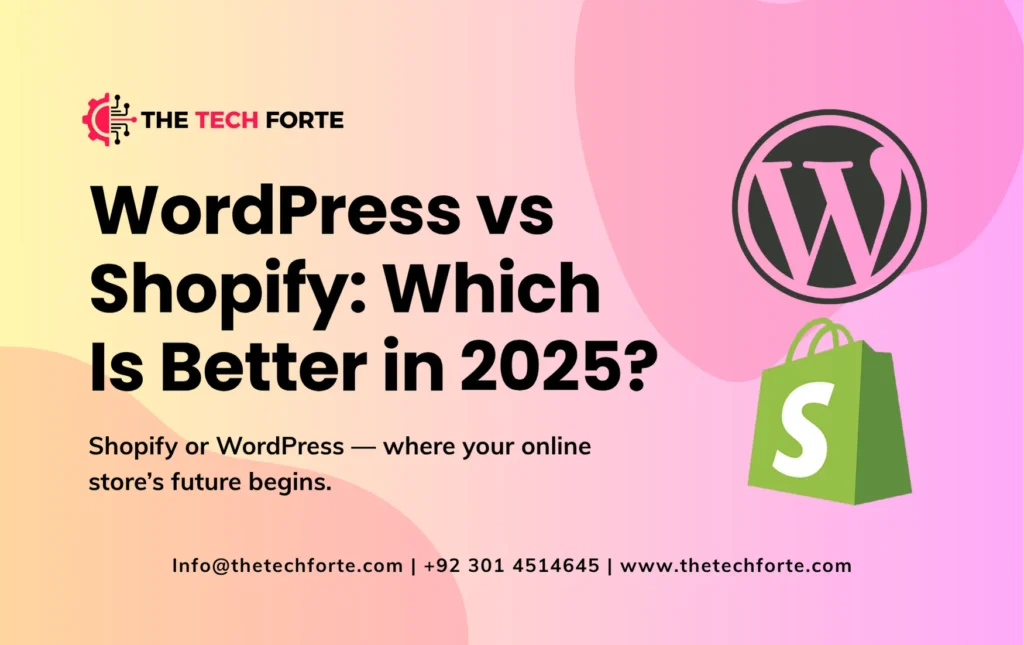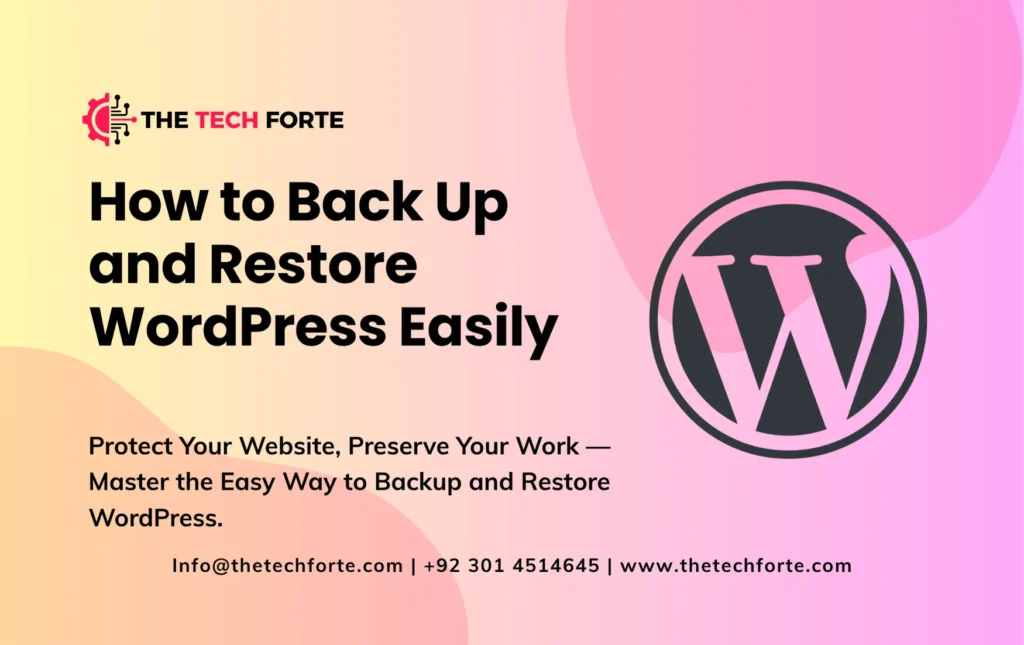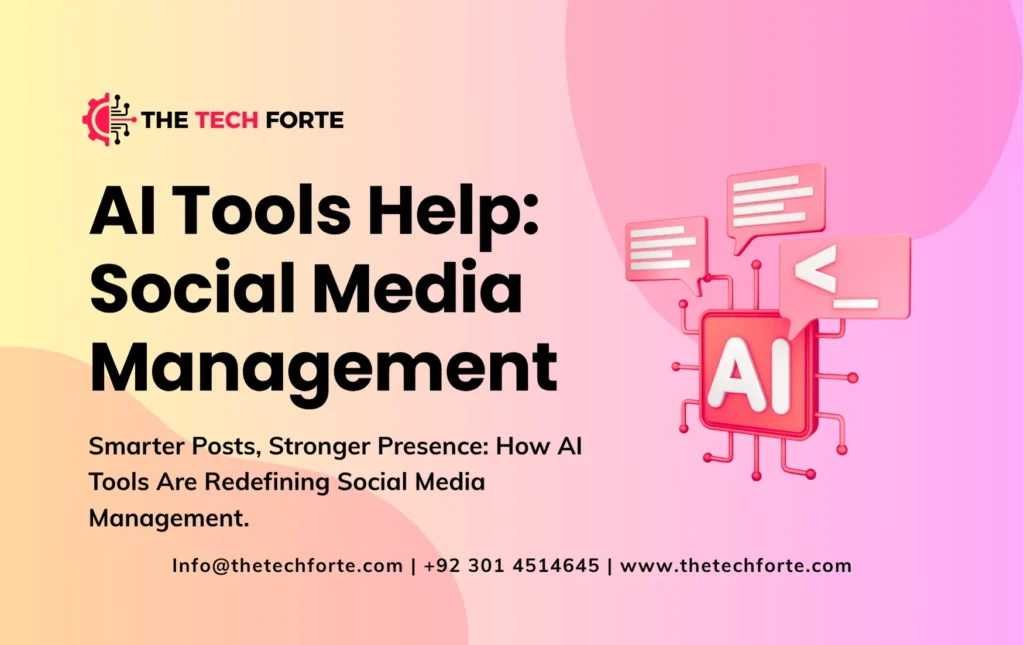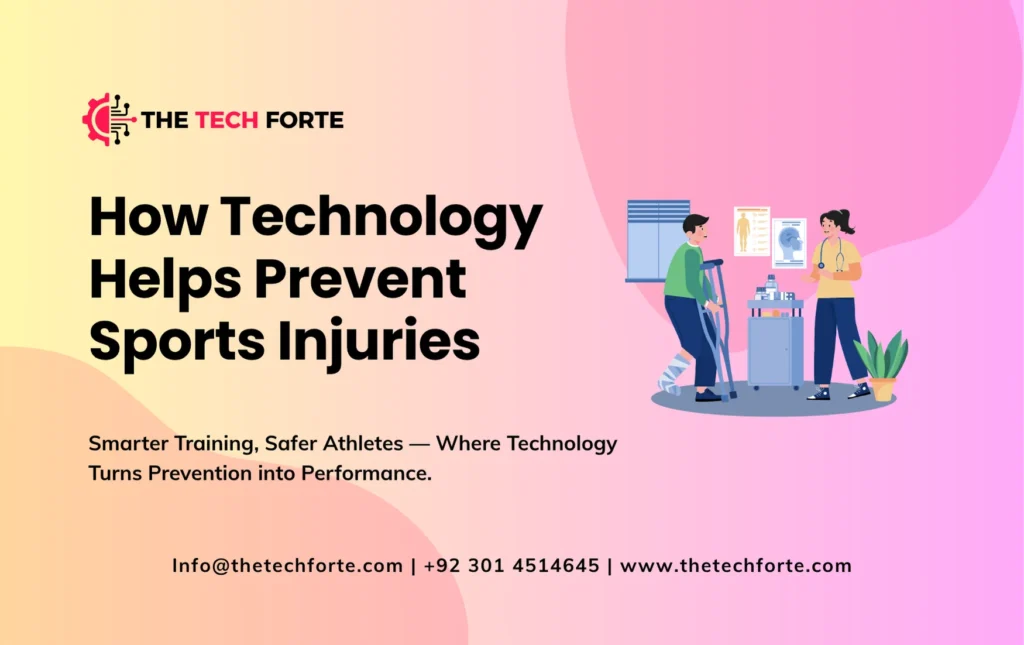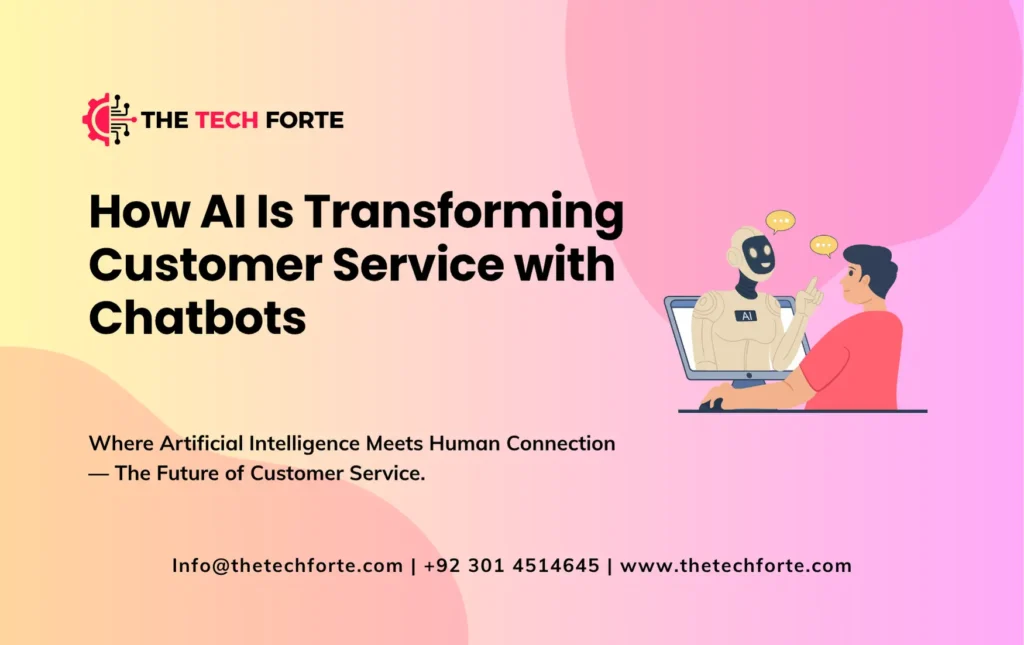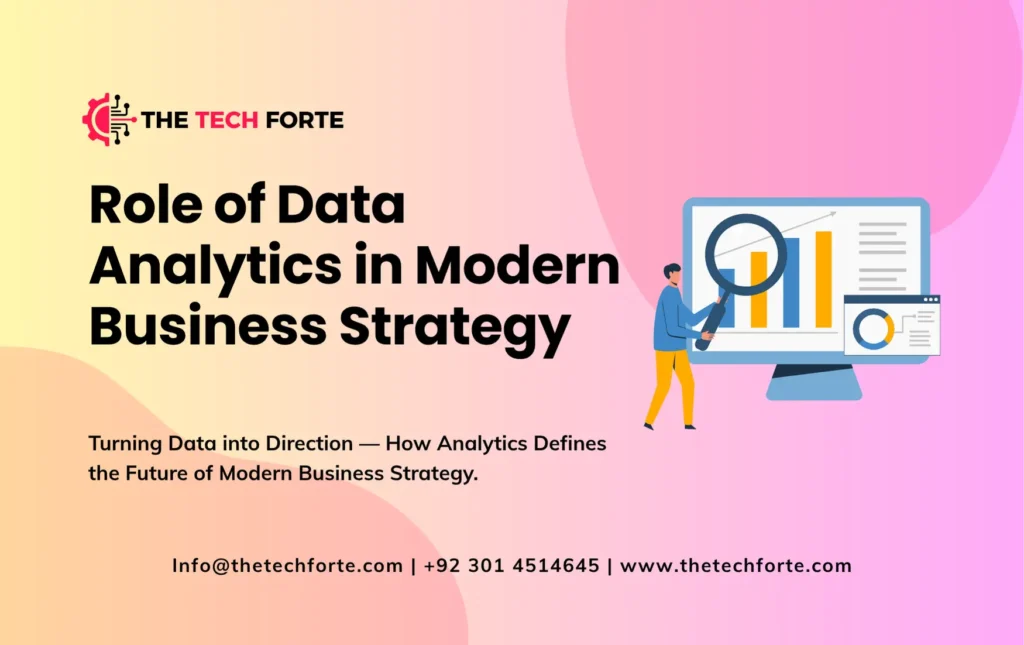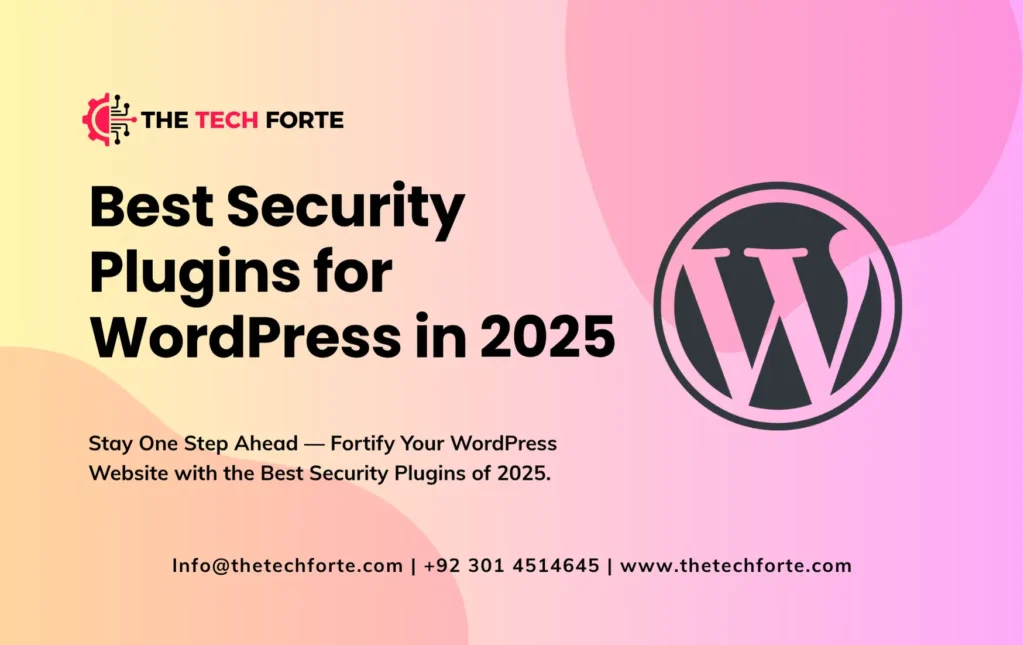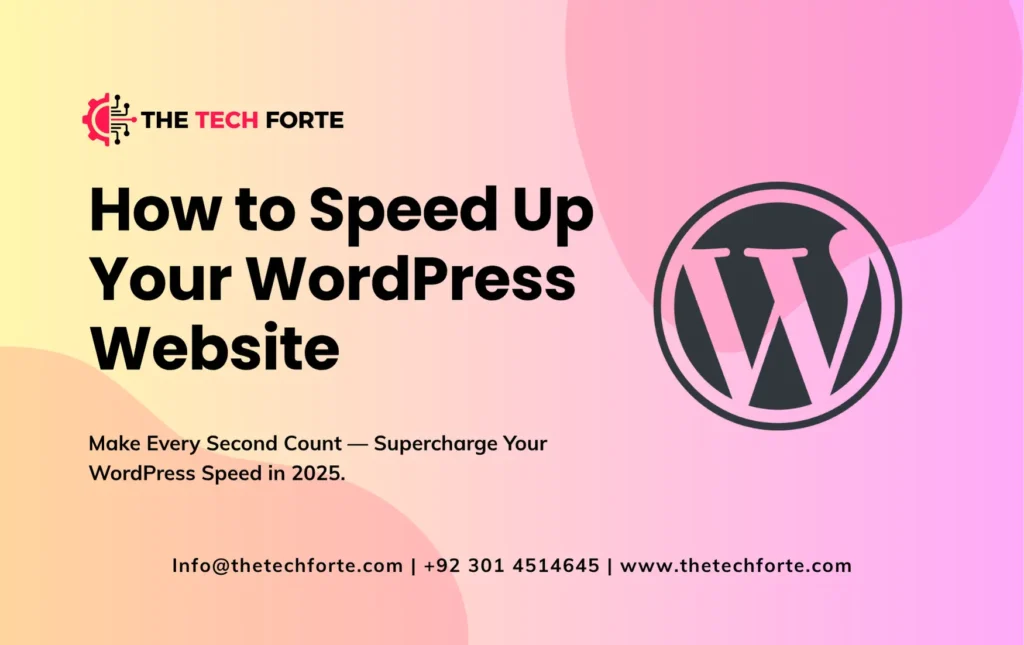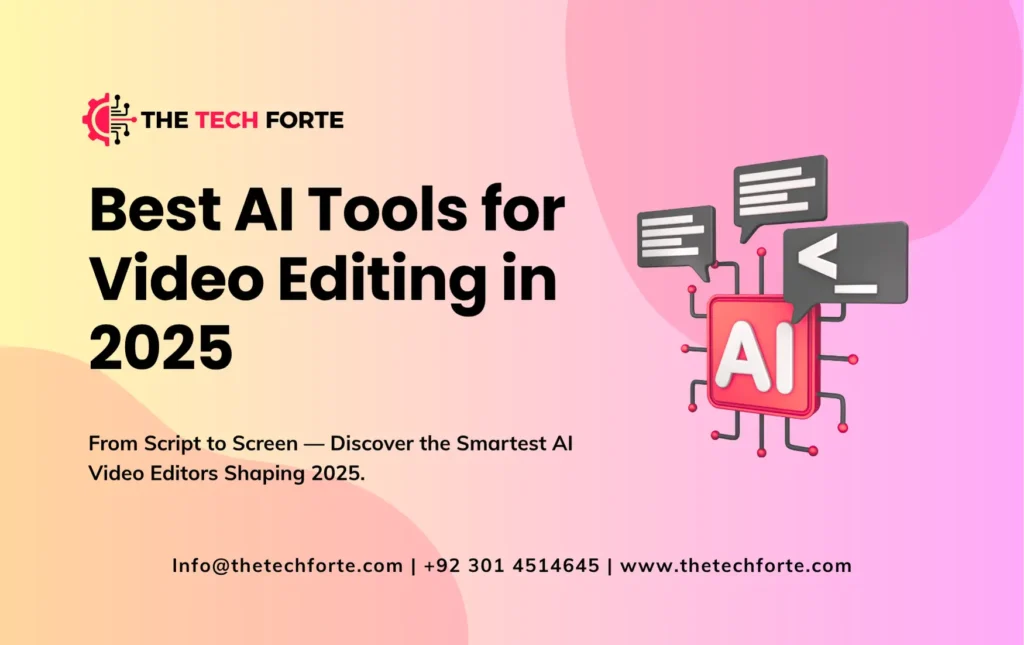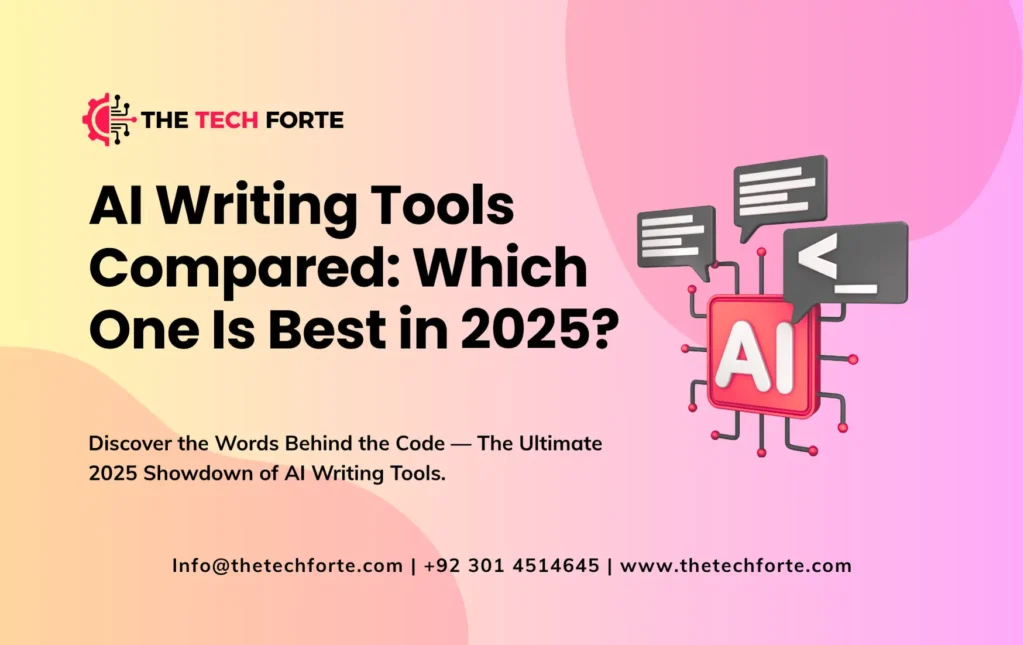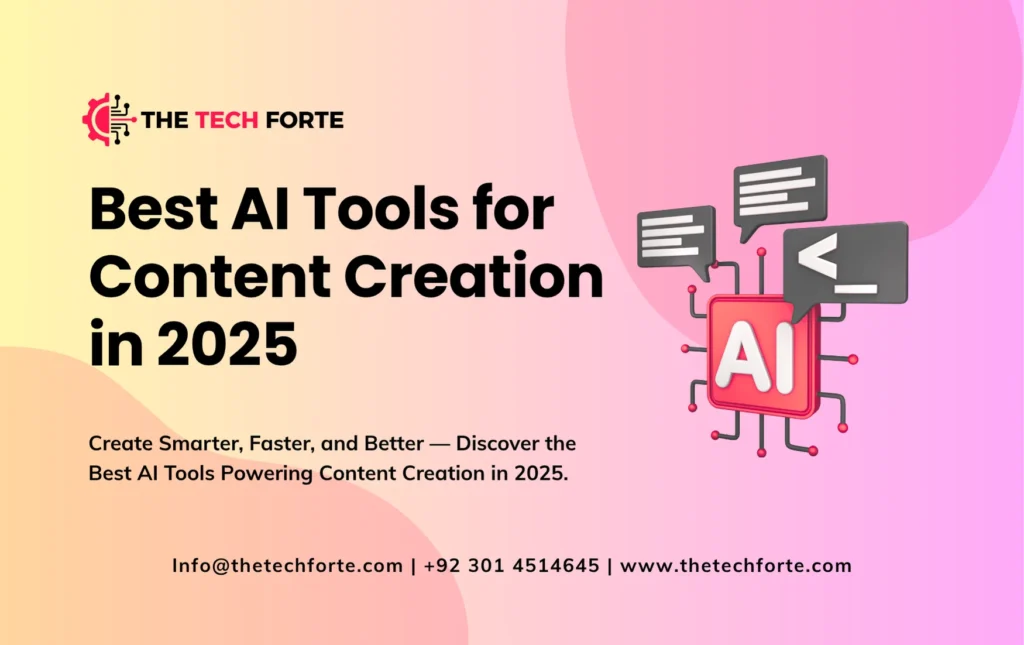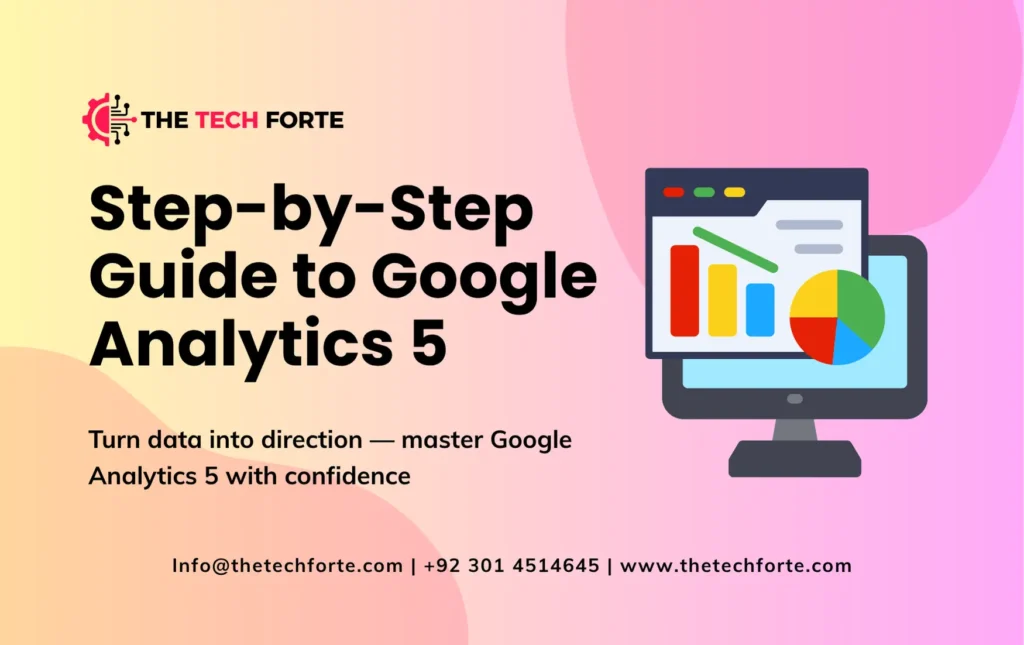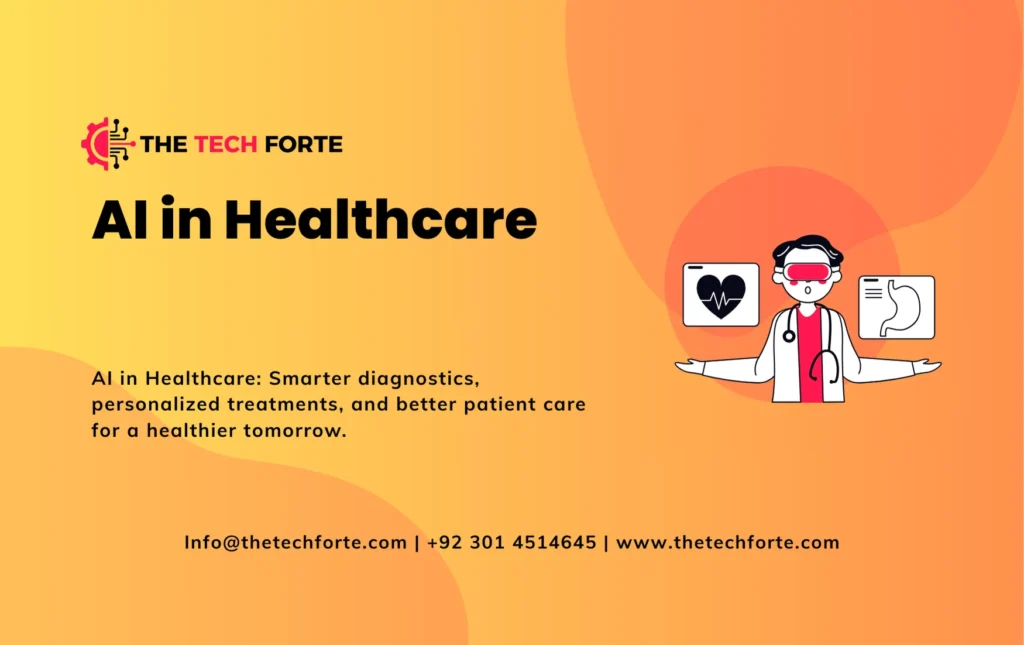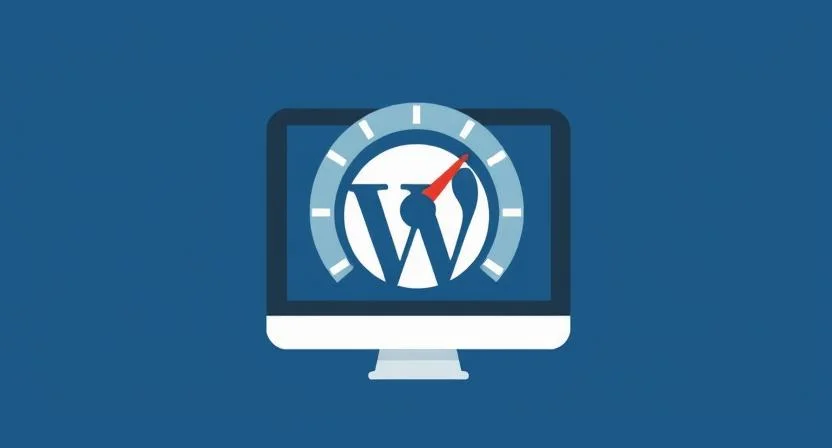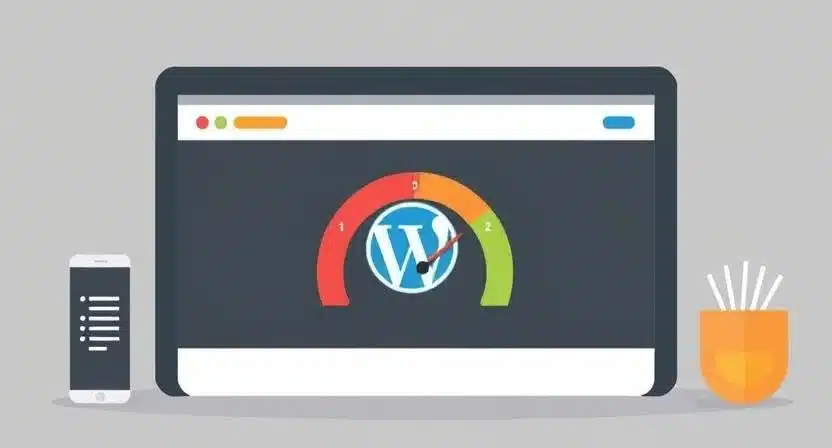Predictive Analytics: How AI Forecasts the Future
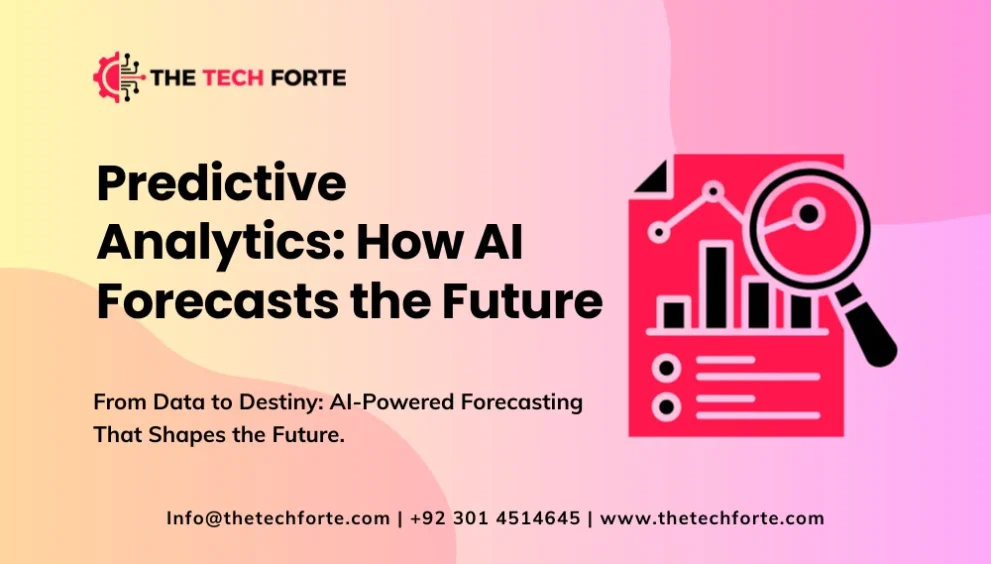
Predictive analytics, powered by artificial intelligence (AI), is transforming how organizations plan, operate, and mitigate risk. By leveraging data, statistical models, and machine learning, predictive analytics can forecast future trends, optimize processes, and guide decision-making with far greater precision than ever before. This article explores what predictive analytics is, how AI enhances it, its applications in domains such as supply chain and healthcare, the most popular predictive analytics tools and software, and the challenges, including ethical risks and practical limitations, that companies must navigate in the predictive analytics world.
What Is Predictive Analytics?
Predictive analytics is a branch of advanced analytics that uses historical data, statistical modeling, and machine learning techniques to forecast potential future outcomes.
At its core, it seeks to uncover patterns and relationships in existing data that can be extrapolated to predict what might happen next. These patterns are drawn from structured and unstructured data sources, from sales records to IoT sensor logs.
The modeling techniques used in predictive analytics are varied. Common methods include regression models (linear and logistic), decision trees, clustering, time-series forecasting, and even neural networks.
Once trained, these models generate a “predictive score,” a probability that a certain event will happen under given conditions. Because predictions are probabilistic, not certainties, organizations use them as a guide to make data-driven decisions rather than as absolute truths. The nuanced power that analytics can shift decisions from reactive to proactive is one of the greatest benefits of predictive analytics.
How AI Elevates Predictive Analytics
While predictive analytics has roots in statistics and traditional modeling, integrating AI enhances its accuracy, speed, and scalability.
1. Big-Data Processing and Pattern Discovery
AI algorithms like deep learning and ensemble methods can analyze massive data volumes, structured and unstructured, to find subtle, nonlinear patterns that classical statistical models might miss. For example, predictive AI can process customer behavior over years, combining transactional data, social media interactions, and sensor streams to build nuanced forecasting models.
2. Continuous Learning
Predictive AI is not static. As new data pours in, models can be retrained or refined, allowing them to adapt to changing conditions. This means forecasts become more accurate over time and can respond to shifts that weren’t in the original historical data.
3. Risk Quantification
Machine learning can analyze thousands of variables simultaneously to estimate risk exposure, forecast rare events, and provide probabilistic predictions. Unlike basic forecasting that just projects a “most likely” future, predictive AI can quantify uncertainty, helping leaders make risk-aware decisions.
4. Automation and Scalability
AI-powered predictive systems can run in real-time or near-real-time, automating forecasting tasks that once required manual intervention. This capability is vital for systems requiring rapid reaction inventory control, demand sensing, or risk management.
Explainability and Trust
Modern predictive AI is increasingly built with explainable AI (XAI) techniques. Rather than acting like a “black box,” these models can provide feature importance, causal insights, and decision rationales essential for building stakeholder trust and regulatory compliance.
Key Predictive Analytics Models and Techniques
To build reliable predictive systems, data scientists draw on a range of modeling approaches. Here are some of the most used:
- Classification Models: Decision trees, random forests, and support vector machines (SVMs) classify items (e.g., will churn / not churn).
- Clustering Models: Unsupervised methods like K-means identify subgroups in data, helping segment risk or demand.
- Ensemble Methods: Combining multiple models (e.g., boosting) to improve accuracy and reduce overfitting.
- Time-Series Forecasting: Models like ARIMA, SARIMA, and LSTM neural networks are trained on historical sequential data to predict future values.
- Regression Models: Linear or logistic regression to estimate continuous or binary outcomes, e.g., sales volume or default risk.
Choosing the right model involves weighing tradeoffs: interpretability vs performance, complexity vs maintainability, and training cost vs accuracy.
Predictive Analytics in Supply Chain
One of the most powerful applications of predictive analytics is in supply chain management. AI-driven forecasting is revolutionizing how companies predict demand, optimize inventory, manage risks, and reduce costs.
Demand Forecasting and Inventory Optimization
Using predictive analytics in the supply chain, companies can more accurately forecast future demand by analyzing historical sales, seasonality, economic indicators, and even external factors (weather, macro trends). When integrated into inventory planning, predictions help avoid costly stockouts or overstock scenarios.
A recent academic study even couples AI-forecasting models (e.g., LSTM neural networks) with mixed-integer optimization to produce tactical supply chain decisions on inventory levels and sourcing, ensuring resilience and cost-efficiency.
Risk Management and Resilience
Predictive analytics can assess supply chain risk by analyzing supplier performance, lead times, geopolitical disruption, and logistical uncertainties. By simulating different “what-if” scenarios, enterprises can prepare mitigation strategies and build more robust supply networks.
Supplier Relationship and Procurement
AI-driven predictive systems monitor supplier behavior and performance in real time, predicting potential disruptions or quality issues. These analytics feed into decision-making frameworks that automate supplier assessments, helping managers negotiate better contracts or shift orders proactively.
Healthcare Supply Chain Example
In healthcare, AI-based predictive analytics models enable better inventory management for critical medical supplies. Hospitals can forecast demand based on upcoming procedures, patient load, and external indicators (epidemic risk), thus avoiding stock-outs or wastage.
The result: leaner supply chains, lower costs, and improved patient care.
Predictive Analytics in Healthcare
Predictive analytics, augmented by AI, has become a central tool in healthcare. From patient outcomes to operational efficiency, its impact is far-reaching.
Clinical Risk Prediction & Patient Stratification
Predictive models help providers identify patients at high risk of developing conditions like sepsis, diabetes, or heart failure. Deep learning and ML systems trained on clinical records, lab results, and vitals can generate risk scores that trigger early intervention. A recent survey of predictive analytics in healthcare highlights how such models improve diagnosis and treatment plans.
Clinical Trials and Precision Medicine
In clinical research, predictive modeling (intensive learning) is being used to forecast patient outcomes, stratify cohorts, and reduce trial failure risk. AI enables simulation of trial scenarios, predicts adverse events, and personalizes therapy, accelerating drug development while improving safety and effectiveness.
Resource Utilization & Supply Optimization
Hospitals leverage predictive analytics to manage medical supplies and human resources. Predictive models can anticipate patient admission rates, demand for medications, and supply needs, enabling just-in-time inventory and reducing waste. This improves both cost-efficiency and patient care resilience.
Preventive and Personalized Care
AI-powered predictive systems support preventive health by estimating the likelihood of disease progression or readmission. Providers can offer targeted interventions, personalized care plans, and continuous monitoring.
The end goal: more proactive, less reactive healthcare.
Key Predictive Analytics Tools & Software
To operationalize predictive analytics, organizations need robust predictive analytics software and tools. Here are some of the most powerful and widely used in 2025:
- SAS Viya: Cloud-native analytics platform offering scalable AI, data management, and predictive modeling capabilities.
- PolyAnalyst (Megaputer Intelligence): Enables text mining, data mining, predictive modeling, and forecasting across business and healthcare applications.
- BigQuery ML (Google Cloud): Allows building machine learning and predictive models using SQL directly in Google’s data warehouse, making it accessible for analysts.
- Custom ML frameworks: Many organizations build bespoke predictive pipelines using Python libraries (scikit-learn, TensorFlow, PyTorch) for tailored risk, consumption, or demand models.
These predictive analytics tools allow enterprises to integrate AI forecasting into their existing workflows and infrastructure, democratizing access to powerful predictive insights.
Business Value: Why Predictive Analytics Matters
Organizations across sectors adopt predictive analytics because of its concrete business impact.
- Improved decision-making: Instead of relying on gut instincts, leaders can use data-driven forecasts to decide on strategy, pricing, investments, and operations.
- Cost savings: Better demand forecasting reduces waste, lowers inventory holding costs, and prevents overproduction.
- Risk mitigation: By predicting disruptions, supplier risk, demand shocks, and machine failure, companies can proactively respond rather than react.
- Customer retention: Predictive models help identify churn risk or upsell opportunities, enabling targeted engagement.
- Operational efficiency: Automation of forecasting and inventory decisions frees human teams to focus on strategy rather than tactical minutiae.
In today’s competitive business environment, predictive analytics is not a luxury; it’s a strategic imperative.
Challenges & Ethical Considerations
While predictive analytics offers clear benefits, it also comes with significant challenges:
Data Quality & Integration
Forecasting accuracy depends heavily on the quality, volume, and variety of data. Poor or biased data leads to erroneous predictions. Organizations often struggle with data silos, missing values, and inconsistent formats across sources.
Model Interpretability & Trust
Complex machine learning models, especially deep networks, can be black boxes. Without explainable AI, stakeholders may distrust predictions, especially when decisions affect health or finance.
Ethical Risks & Bias
Predictive models can perpetuate or amplify bias present in historical data. For example, in healthcare or criminal justice, biased training data can lead to unfair targeting or exclusion. These ethical issues require deliberate design, auditing, and fairness metrics.
Overreliance & Decision Risk
Forecasts are probabilistic, not guaranteed. Overreliance on predictive analytics can lead to poor decisions if models are misinterpreted or used blindly. There is a risk in treating forecasts as certainties.
Regulatory & Privacy Concerns
Predictive analytics often processes personal data. In healthcare or consumer industries, this raises privacy concerns, data protection obligations, and regulatory compliance challenges. Models must adhere to laws like HIPAA or GDPR, depending on jurisdiction.
Scalability & Maintenance
Building a predictive model is not the end; it must be maintained, retrained, monitored for drift, and validated. Organizations need to invest in data infrastructure and talent to keep predictions accurate over time.
Best Practices for Implementing Predictive Analytics Strategically
To deploy predictive analytics in a responsible, effective way, organizations should follow these best practices:
- Define clear business objectives. Don’t build predictive models for their own sake. Start with real business problems, forecasting demand, reducing churn, predicting hospital readmissions, and tailoring models accordingly.
- Ensure data governance. Standardize data collection, cleaning, and labeling. Implement a pipeline for updating datasets and monitoring quality.
- Choose the right tools. Adopt predictive analytics software that aligns with your scale and needs. Cloud-native platforms (like SAS Viya or BigQuery ML) offer scalability; specialized tools (PolyAnalyst) support text mining and domain-specific modeling.
- Promote interpretability. Use explainable AI techniques (SHAP values, LIME, feature importance) to make models transparent to stakeholders and build trust.
- Embed human-in-the-loop. Blend predictive insights with expert judgment. Use adaptive authentication or decision frameworks that allow humans to verify high-risk recommendations.
- Audit models for fairness. Continuously test for model bias across demographic groups and implement mitigation strategies.
- Plan for scalability and maintenance. Build a retraining strategy, monitor model drift, and invest in infrastructure to support real-time or batch predictions.
- Maintain compliance and ethics. Ensure predictions that include personal data comply with regulations. Obtain consent, protect data, and log uses for auditability.
The Future: Predictive Analytics World & Emerging Trends
The world of predictive analytics is evolving extremely rapidly. Some of the key trends shaping its future include:
Predictive GenAI & Hybrid Models
As large language models (LLMs) become more powerful, predictive analytics is blending with generative AI. According to Wikipedia, the integration of generative AI with predictive analytics is driving a shift from purely numeric forecasting to generative forecasting, where models predict not only future events but also recommended actions. This hybrid “predictive GenAI” can provide narrative foresight, prescriptive insights, and action-level recommendations.
Integration with LLMs & Supply Chain
New research shows that LLMs are transforming supply chain management by enhancing demand forecasting, supplier risk modeling, and real-time orchestration. By combining LLMs with IoT data and optimization engines, organizations can simulate complex supply chain decisions and scale predictive intelligence.
Decentralized & Federated Analytics
To address privacy, future predictive analytics systems may adopt federated learning, where models are trained across distributed data sources (e.g., hospitals, branches) without centralizing private data. This pattern aligns with privacy-by-design principles and regulatory demands.
Continuous / Real-Time Forecasting
Predictive analytics is shifting from periodic batch forecasting to real-time, continuous forecasting. With streaming data from sensors, transactions, and external systems, AI models can generate live predictions and trigger automated actions dynamically.
Ethical AI & Transparent Governance
As predictive systems affect high-stakes domains (healthcare, finance), there is increasing focus on fairness, transparency, and accountability. Organizations are establishing AI governance frameworks, bias audits, and “prediction review boards” to ensure trustworthy use.
Conclusion
In the predictive analytics world, AI has become a powerful compass for navigating uncertainty. By leveraging machine learning, big data, and advanced modeling, predictive analytics enables organizations to forecast demand, optimize supply chains, improve patient care, and make better strategic decisions.
Understanding what predictive analytics is, how it works in supply chain and healthcare, and the range of predictive analytics tools available gives leaders a roadmap to harnessing its full potential. But the power comes with responsibility: ethical risks, data bias, explainability challenges, and privacy concerns are real and must be managed proactively.
When deployed thoughtfully with governance, transparency, continuous model validation, and human oversight, predictive analytics powered by AI doesn’t just help forecast the future. It helps shape it. In this way, predictive analytics is not just about predicting what comes next, but preparing, adapting, and acting with foresight.




